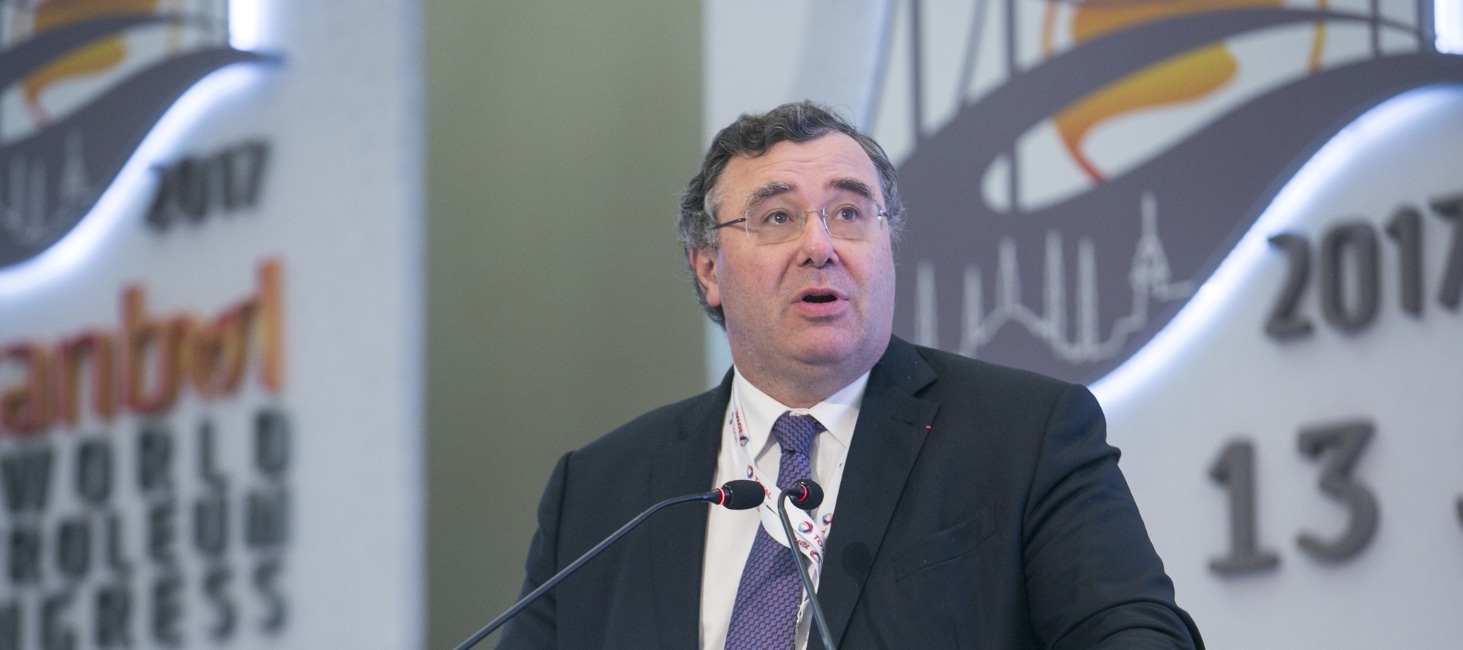Last week, Greenpeace revealed that the European Central Bank’s (ECB) green tilting policy is financing companies whose activities are not aligned with the EU climate objectives (1). The authors of the report screened the assets purchased between October 2022 and June 2023. While the ECB did not purchase assets from the worst climate offenders (i.e., fossil fuel developers), the tilting of reinvestments need to be updated and extended to align with the ECB’s decarbonization and environmental goals.
Tilting was introduced by the European Central Bank (ECB) in July 2022 with the goal to decarbonize corporate bond holdings by focusing its reinvestments from matured bonds in more-environmental-friendly companies (2). The tilting policy of reinvestments was implemented following a climate scoring ranging from 0 (worst climate score) to 5 (best climate score) using sub-scores (3).
Under this scoring system, it appears that the ECB did not buy any assets from oil and gas majors, despite the lack of formal exclusion. This contrasts with the support these companies received through quantitative easing measures during the pandemic.
Nevertheless, the titling methodology proved flawed as it failed to cut support for all heavily polluting companies. This is something Reclaim Finance had warned would happen and is only confirmed by the new Greenpeace report.
Carbon intensity hiding climate impact
First, the ECB scoring over-relies on carbon intensity (i.e. carbon emission over revenues) instead of focusing on absolute emissions. This is problematic as a company which is diversifying or increasing revenues without reducing the carbon emissions of its emitting activities may do better than a company who is responsible for less total emissions but has a narrower scope of activities.
This scoring is likely to favor companies such as Électricité de France (EDF), whose bonds were bought by the ECB between October 2022 and June 2023 (4). Indeed, EDF’s climate score would be biased only considering the company’s halving of carbon intensity between 2020 and 2022, when its absolute emissions decreased much less significantly (by 11%) in the same timeframe (5).
The ECB should instead assess whether absolute emissions are decreasing in accordance with the Paris Agreement. By ignoring absolute emissions, the ECB even bought bonds from companies who increased their emissions, such as A2A, an Italy-based electric utilities, whose direct emissions soared by 50% since 2020 and scope 3 emissions by 74% (6).
The climate reality behind the best-in-class and best-in-universe approaches
Furthermore, the ECB’s decision to mix best-in-class (scope 1 and 2) and best-in-universe (scope 3) approaches does not ensure all heavily polluting companies are excluded from reinvestments. The first approach only excludes the worst emitting companies in each sector but might leave other high emitting companies as potential issuers. This is especially true in carbon intensive sectors, such as electric utilities. Within-sector comparison makes Enel and Engie (both in the ECB post-tilting portfolio) look better than a company like Polska Grupa Energetyczna (PGE), whose electricity production relies for more than 80% on coal and lignite (7). However, this logic disregards Enel’s and ENGIE’s poor environmental record due to their reliance on fossil power production – respectively 39% (8) and 48% (9) of their 2022 electricity mix.
As for scope 3 carbon intensity, the best-in-universe approach relying solely on sectoral averages does not consider the real practices of each company. For instance, in the utility sector, scope 3 emissions are greater for electricity produced from gas imported by liquefied natural gas (LNG) than for electricity produced from renewables or gas imported by pipeline (10). LNG is a significant part of ENGIE’s strategy, which had 8 active long-term agreements to import LNG in 2022 and recently signed two additional ones (11). However, this will not be properly accounted for in the assessment of ENGIE’s backward carbon intensity, as the best-in-universe approach leads to using scope 3 carbon intensity at the sector level.
Green bonds as a Trojan horse
Additionally, the ECB tilting methodology gives preferential treatment to green bonds, even if it implies ignoring the main activities carried out by a company (12). This might explain how the Italian gas importer and distributer Snam whose activity entirely relies on the fossil fuel industry was able to sell a ‘green’ bond to the ECB during the tilting period.
Despite a claim to turn toward renewable energy for its operations, Snam’s own energy consumption is still 96.4% reliant on fossil gas (13). Not only is Snam’s activity focused on gas, but it is turning toward dirtier and more energy-intensive sources of gas, especially LNG. From 2021 to 2022, the group increased its scope 1 and 2 emissions by 3% (14), in part due to the increase in LNG imports in all terminals where Snam is involved. Snam is planning to develop a further 15 megatons per annum of LNG import capacity, which would translate in a more than 4-fold increase in LNG importing capacities and associated emissions.
With the announcement in December 2022 that the ECB would limit reinvestments of maturing bonds (15), the relevance and impact of the tilting policy has drastically dropped beyond the methodology flaws. Such quantitative tightening opens the door for a well-needed rethinking of the approach as recognized by ECB board members Isabel Schnabel and Frank Elderson (16). To achieve decarbonization and meet the EU climate objectives, the ECB must extend its tilting to the stock of assets – and not only reinvestments – and upgrade it to stop providing support to heavy polluters.



